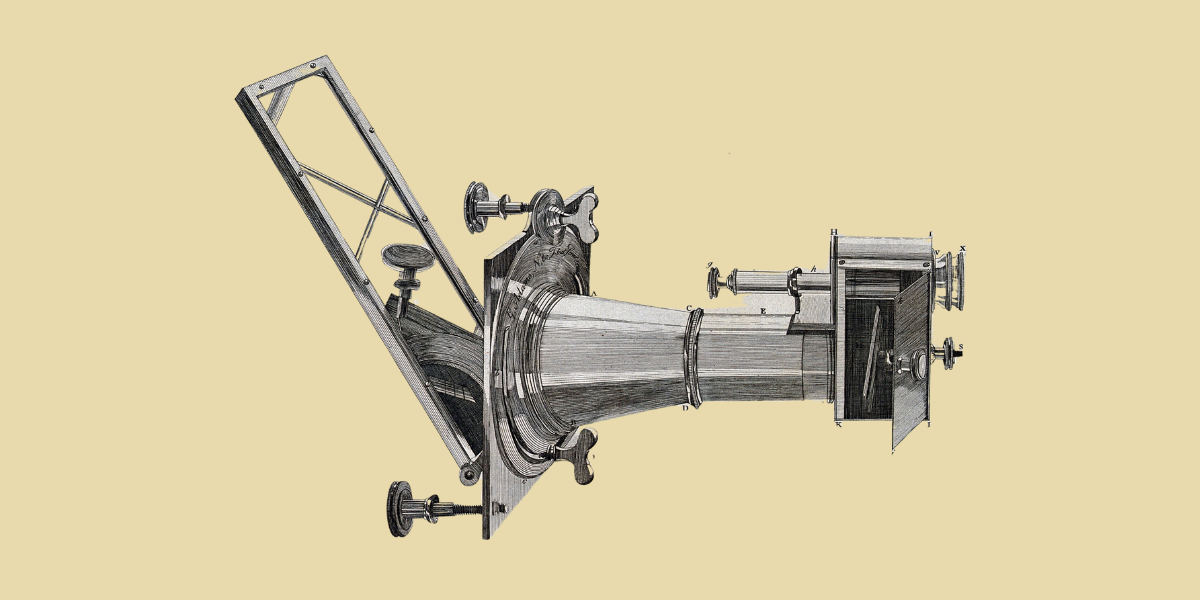A Beginner’s Guide to Open Access Publishing
Curious about open access publishing? This beginner-friendly guide explains what it is, why it matters, how to do it, and what to watch out for, including APCs, licensing, and predatory journals.

🟢 What Is Open Access?
Open access (OA) publishing means that a research article is freely available to anyone, anywhere, without a subscription or paywall.
Instead of hiding behind journal paywalls, OA articles can be read, downloaded, and shared by anyone, researchers, policymakers, students, and the public.
There are several routes to open access, and they come with different terms, costs, and licensing models. Let’s break them down.
📂 The Types of Open Access
- Gold Open Access
- The final version of the paper is published immediately and freely by the journal.
- Often involves an Article Processing Charge (APC), a fee paid by the author or institution.
- Example journals: PLOS ONE, eLife, Frontiers.
- Green Open Access
- You publish in a traditional journal, but you archive a version (often a preprint or postprint) in a repository (e.g. arXiv, bioRxiv, institutional archives).
- Usually free, but subject to embargoes or licensing restrictions.
- Diamond/Platinum Open Access
- Like Gold OA, but no APCs, costs are covered by institutions or non-profits.
- A great option for equity and accessibility.
💰 What Are Article Processing Charges (APCs)?
Many open access journals charge APCs to cover the cost of peer review, editing, and hosting. These can range from £500 to £5000+.
- Some institutions or funders will pay APCs.
- Some journals offer waivers for early-career researchers or those from low-income countries.
- Some APCs are controversial, especially when for-profit publishers charge high fees for OA that should be widely accessible.
⚠️ Watch Out for Predatory Journals
Not all open access journals are reputable. Some exploit the OA model by charging high fees with little to no peer review or editorial standards.
🧠 Check for:
- Inclusion in the Directory of Open Access Journals (DOAJ)
- Clear editorial boards
- Transparent peer review policies
- Whether your colleagues trust or publish with them
📝 How to Publish Open Access
- Choose your journal wisely: Check if it’s reputable, indexed, and in your field.
- Check the APCs and funding options: Does your institution cover them? Can you apply for a waiver?
- Decide on licensing: Most open access papers use a Creative Commons (CC BY) licence, which lets others share and reuse your work with credit.
- Deposit a version in a repository: Even if you’re publishing behind a paywall, you may be allowed to archive a version.
- Promote your paper! Share it on platforms like Bluesky or your website! Openness only helps if people know it’s available.
🌍 Why Open Access Matters
- It makes research more accessible, not just to researchers, but to educators, practitioners, policymakers, and the public.
- It improves equity, by levelling the playing field between researchers with and without institutional access.
- It supports transparency, allowing findings to be reviewed, reused, and built upon.
At Paperstars, we highlight and reward open access, because open science isn’t just good practice, it’s essential for trust and progress.
🧭 Final Thoughts
Open access can feel complicated at first, especially with fees, licensing, and publishing options. But at its core, it’s a simple idea: knowledge should be shared, not locked away.
Whether you’re a seasoned researcher or just starting out, understanding your open access options is a powerful way to make your work go further.
